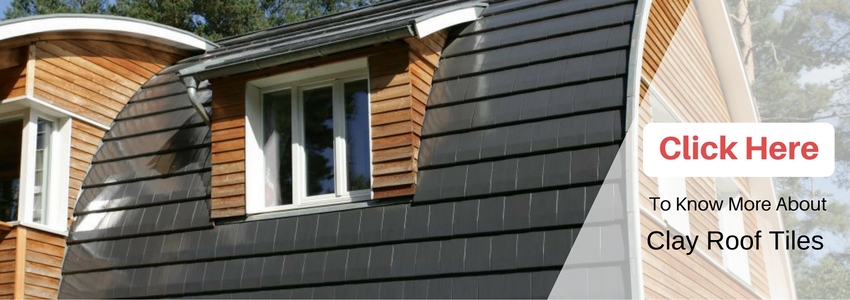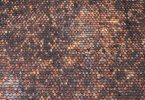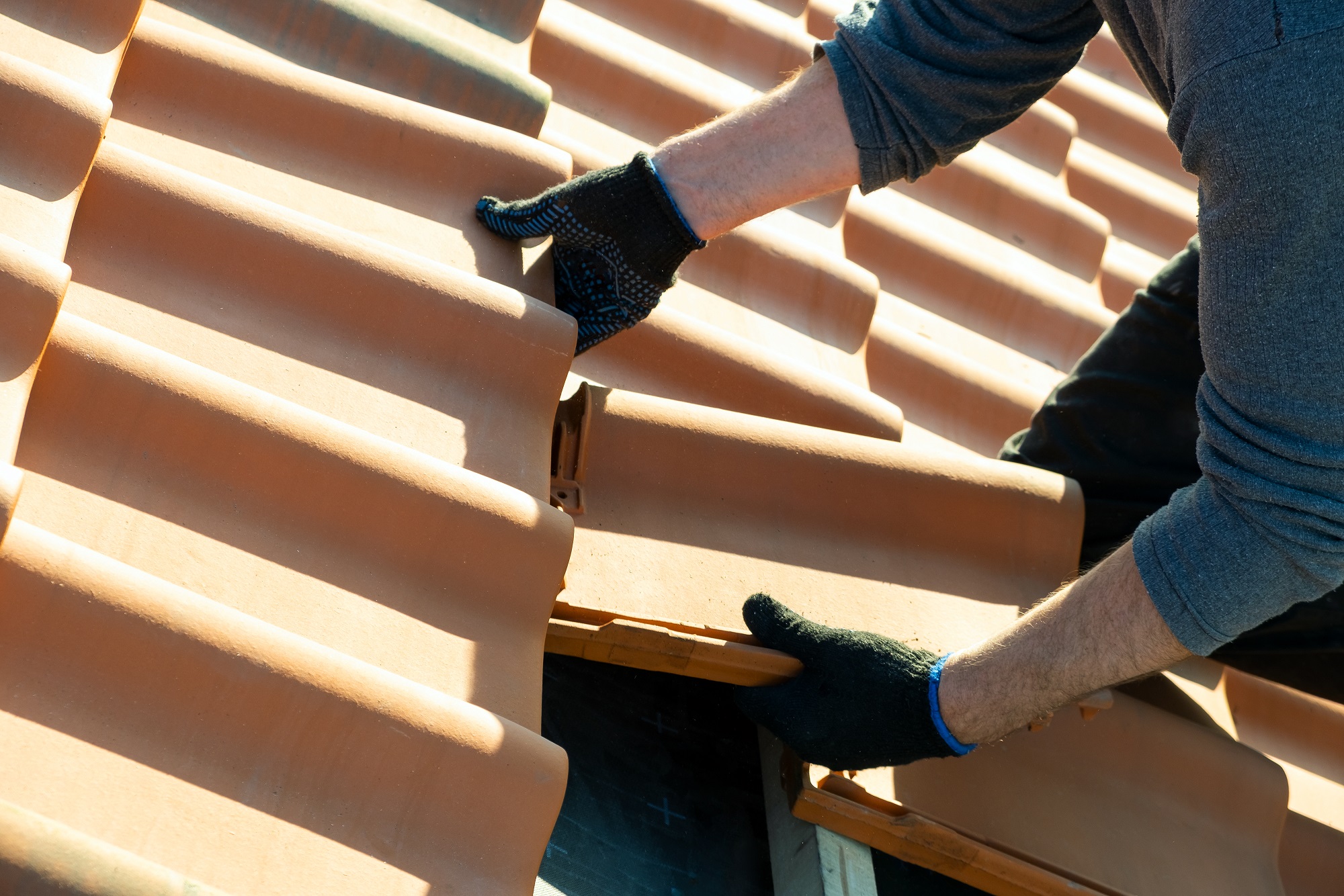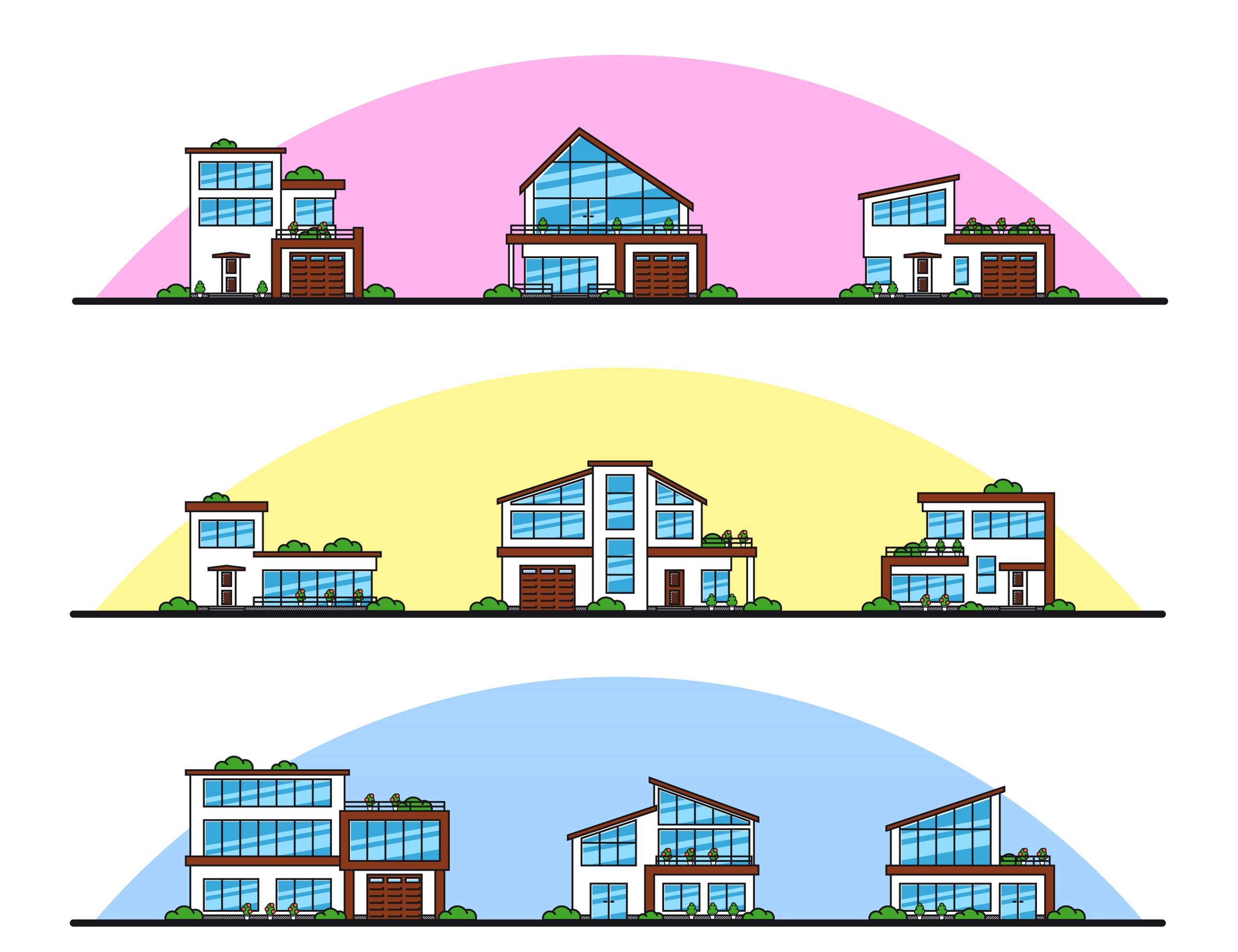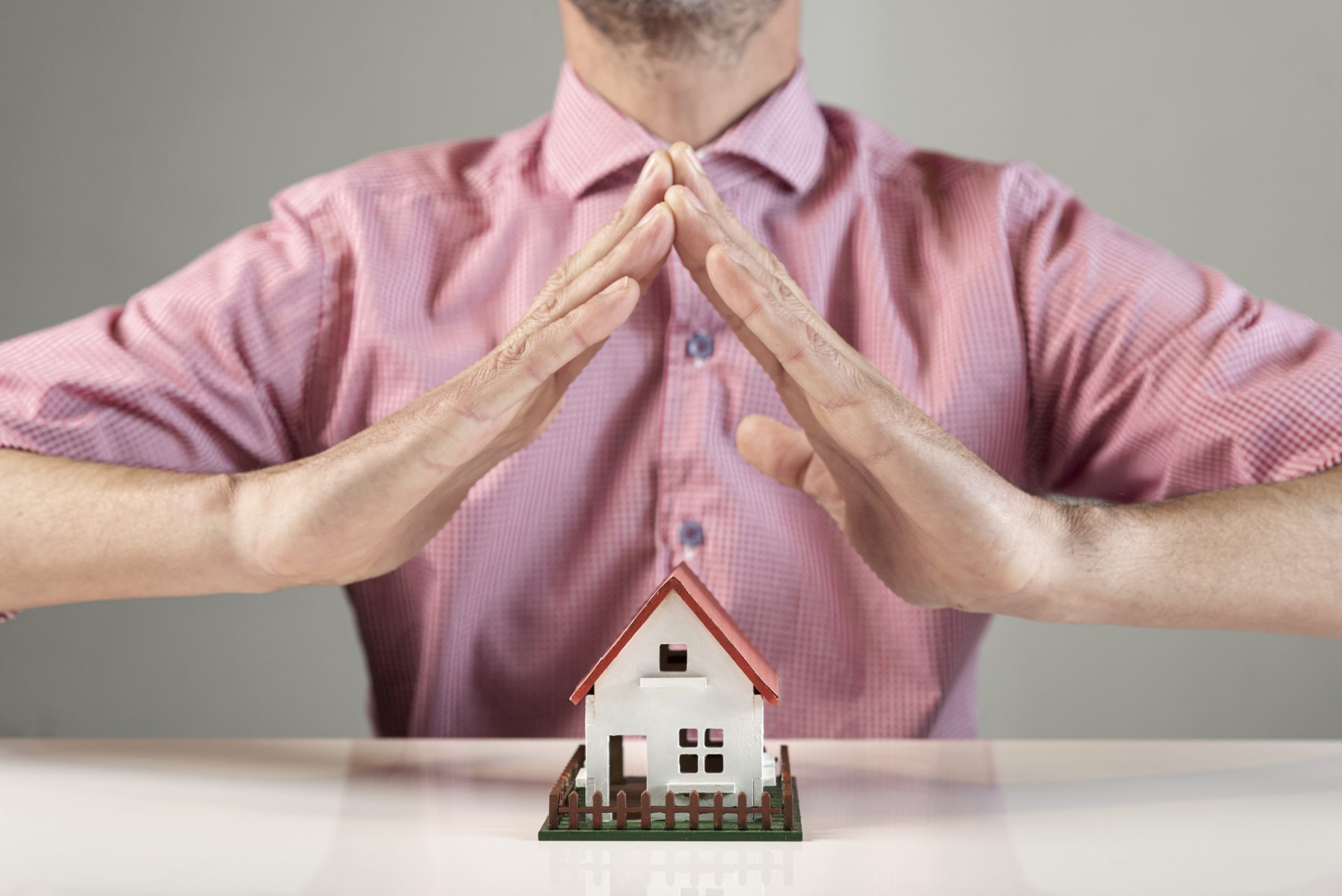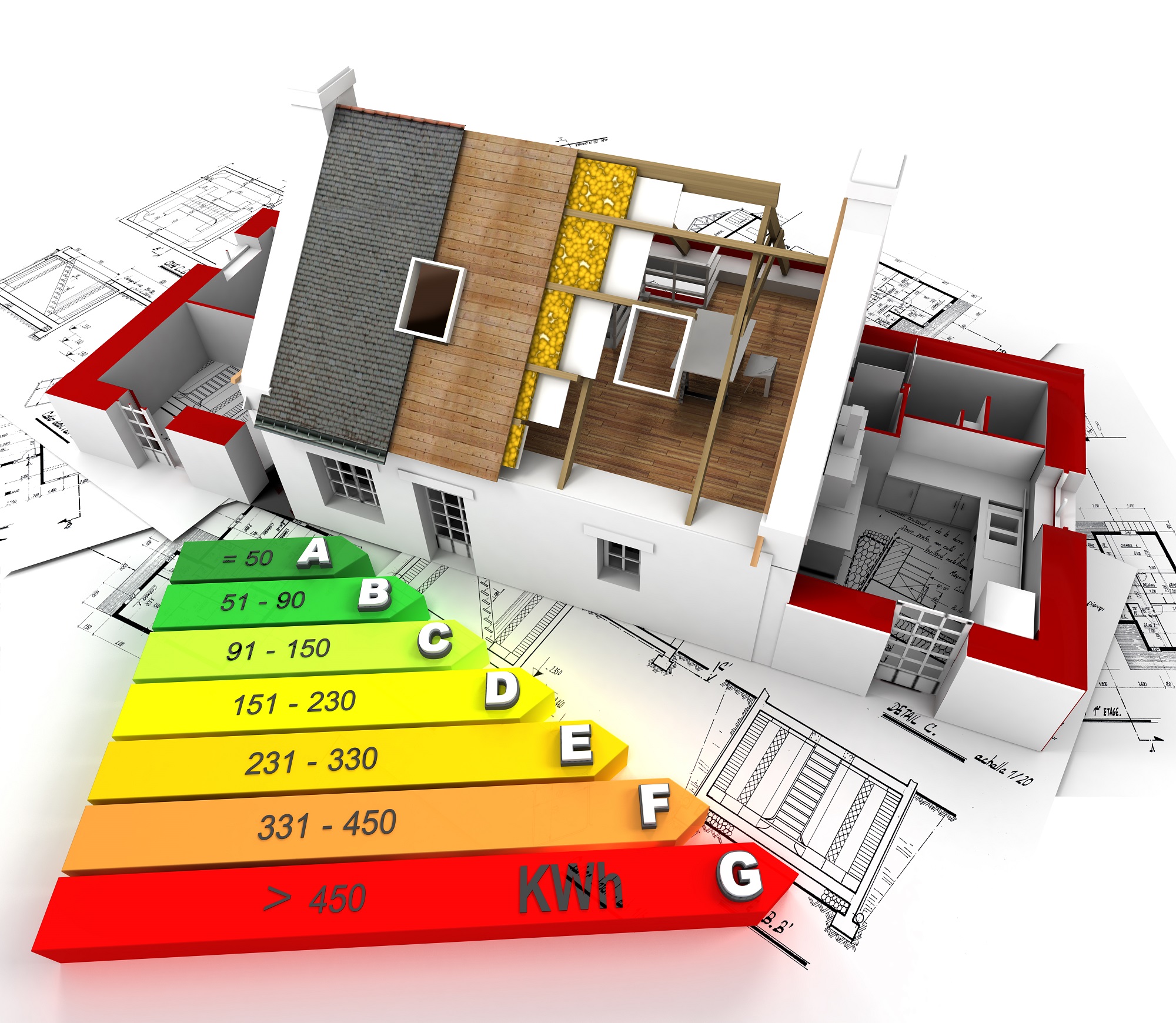While one builds a new house or retrofits an existing one, selecting the right type of roof can be one difficult task – And this task cannot be underestimated. Yes, roofs do serve the most basic practical purpose for every home i.e. protection from outside elements. But that is not the only function of the roof, it does a lot more than that. While you are considering different options for your roof one of the most important factors to note is the shape of the roof. A roof’s shape plays a key role in characterizing the overall look and style of the house. In some cases, it provides additional living space and makes a home energy-efficient, resilient, and weather-proof.
Now because the shape of your roof is an important factor in building a new home or considering an addition; one of the many roof types that you may want to consider is Lean to Roof. Heard of it? Keep reading it can be an interesting option for you!
Lean To Roof – What It Is?
Lean to Roof is a style of a Shed Roof; it is also called Skillion Roof. You can think of a shed roof as one flat roof having a steep slope. In simple words, the shed roof has one single slope which can vary in steepness on the design part.
Earlier, this style was used mainly on sheds but today these becoming a popular option for residential homes. A lean to roof design is one of the cleanest ways to connect an addition to any existing building. Along with this, they are a very popular choice for adding up shade and screening to a porch, or when designing a carport.
We can define lean to roof as a single slope roof with its upper edge connecting a wall or a building. This is the simplest and the most common type of sloping roof which is also regarded as the cheapest option for covering a structure. The main use of the lean-to roof is for constructing sheds, carports, verandahs, simple extensions, etc.
The construction of this style of roof is very easy and inexpensive. Due to the slope of the roof, snow and water can easily run off, this reduces the extra cost of waterproofing in roofing. Lean to roof is best suited for regions having high rainfall and snowfall.
Pros & Cons Of A Lean To Roof Design
Weighing the pros and cons of a lean to roof helps you decide if it is the best option for your upcoming build.
Lean to Roof Advantages
- Affordable – These are cost-effective mainly because of their simplicity. It has a very basic roofing design with just one slope, this makes it easier and less time-consuming for the contractors – ultimately it results in lower costs.
- Prevents Water/Snow Pooling – Pooling water on a roof can cause leaks and other damage. If you want to maximize water and snow drainage, this roofing style is a perfect choice.
- Clean, contemporary, minimalist – Lean to roof is perfect for a modern-style home. The shed fits well with the design scheme as it imparts a very clean, contemporary, minimalist look to the structure.
- Allows Installation of Skylights/Solar Panels – This roof style gives you plenty of space on one side of your home so you can install solar panels or skylights.
Lean to Roof Disadvantages
- Not Suitable For Big Houses – lean to roof would not be ideal for those building large homes.
- Less Versatile – Lean to roofs are known for imparting contemporary style to homes, hence they do not work well with all homes. For example, if you are building a traditional styled home, a shed roof may look out of place.
- Drainage Problems – Since shed roof has just one slope, there is a lot of pressure on the gutters when it rains heavily. Basically, you cannot expect them to efficiently handle larger volumes of water.
- Little/No Attic Space – The ceiling takes the same slope as the roof, hence most homes with lean to roof design have no attic space.
- Susceptibility to High Winds – High winds can lift the roof off the home easier on a lean to roof when compared to a sturdier one. Hence, if you live in an area that has higher winds or the risk of hurricanes, this roofing style may not be the best bet.
We hope you got a basic idea of the pros and cons of lean to roof.
Roofing Materials Suitable For Lean To Roofs
When it comes to deciding the types of materials that can be used for a lean to roof, you can basically install anything. This is because you can decide whether to make your lean roof “flatter” or “steeper.” This flexibility of sloping allows you to take advantages of various roofing materials like as:

- Metal roofing
- Clay roof tiles
- Asphalt shingle roofing
- Cedar shakes or shingle roofing
- Roll roofing
Read Different Types Of Roofing Materials and Clay Roof Tiles Have A Lifespan Of Up To 150 Years.
If you are planning to sell your home in the future, then choose a material that will last for many years to come like the Wienerberger Clay Roof Tiles.
Clay roof tiles from Wienerberger are sold under the brand Koramic which offers a wide range of different shapes, colors, and surface structures. Koramic is one of the leading clay roof tile brands in the world, offering 45 different roofing solutions and accessories to create the perfect roof.
Final Thoughts
When you are deciding which type of roof to choose, comparing the pros and cons of each helps in narrowing down the options. We hope this guide did help you understand Lean-to Roof style better. In a snapshot, these offer a simple, contemporary look on an affordable budget and are easy to build; but you should plan for the potential drawbacks to ensure the pros overshadow the cons.
Curated By A Wienerberger Building Expert
